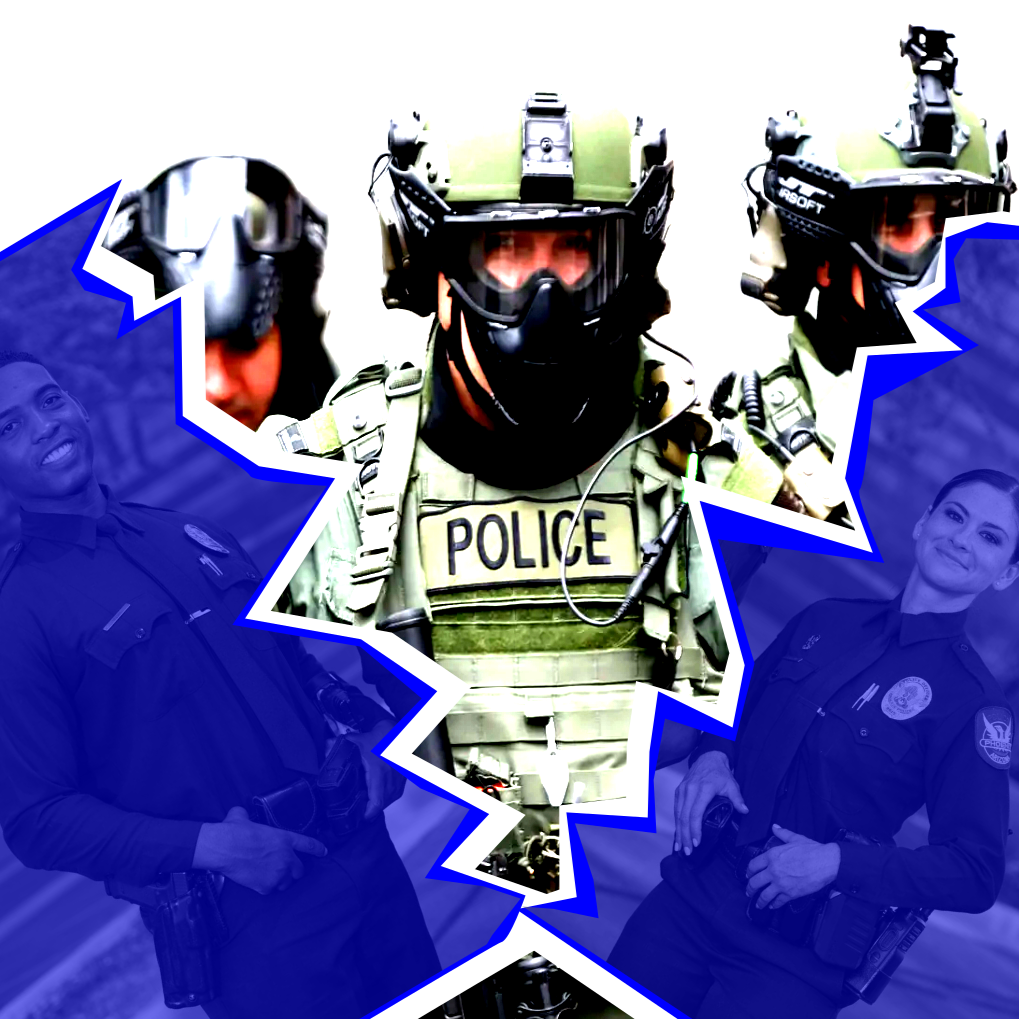
5 Signs the U.S. Is Erecting a Police State – and Why It Matters
David Walton
Jul 28, 2025
A police state emerges when government institutions and law enforcement agencies exert excessive surveillance and control over citizens, often driven by those in power seeking to maintain dominance at the expense of constitutional rights and freedoms. In such environments, laws serve primarily to benefit the powerful few, exploiting and oppressing ordinary citizens.
Sound familiar?
1. Masked, Unidentifiable Federal Agents
In cities like Portland, San Antonio, Los Angeles, and New York, masked federal agents conduct immigration raids and other enforcement activities without clearly identifying themselves or providing court-authorized warrants. While officials cite agent safety against retaliation, critics argue this anonymity undermines public trust, resembles authoritarian regimes, and makes it difficult for citizens to distinguish legitimate officers from imposters. Expanding this practice to local law enforcement could drastically erode trust and escalate community tensions.
If this happens, could this be a breaking point or redline for citizens who are already troubled?
2. Troops on American Streets
Deployments of active-duty Marines, National Guard units, and other federal tactical teams within U.S. cities – often without local coordination – raise constitutional alarms related to the Posse Comitatus Act. Such militarized responses evoke troubling memories like the 1970 Kent State massacre, where National Guard troops killed unarmed protesters.
Could unchecked federal deployments lead America down a similarly tragic path again?
3. Militarization of Local Police
Since the 1980s, following violent incidents like the Norco shootout and North Hollywood bank robbery, local police departments nationwide have adopted military-grade equipment and tactics. Federal initiatives, like the 1033 program, further normalized the presence of armored vehicles, heavy weaponry, and combat strategies in routine policing, often increasing aggressive encounters and community distrust.
Could heavily armed police forces become protectors of elites, further alienating ordinary citizens?
4. ICE’s Budget Explosion Boosts Policing Power
Under recent congressional measures, ICE’s funding could nearly quadruple from roughly $8 billion to $28-$30 billion, becoming the most robustly funded federal law enforcement agency in history. This budget surge enables mass detentions, expands private prison capacities, and incentivizes aggressive immigration enforcement targeting vulnerable communities.
Are these policies designed to enrich private prison corporations at the expense of basic human rights?
5. Increased Profiling of Hispanic Communities
Heightened law enforcement operations disproportionately target Hispanic communities through aggressive traffic stops, home/work raids, and immigration checks, resulting in wrongful arrests and detention, even among U.S. citizens. Historically, groups like LGBTQ+, Asian immigrants, and African-Americans faced similar targeted enforcement, perpetuating systemic inequalities and fear.
Once those in power satisfy their appetite for incarcerating the immigrant community, which undesirables will be next? The homeless, the disabled, or the mentally ill; many of whom are veterans?
What Does History Say?
Each of these signs highlights a troubling shift toward an authoritarian Police State, which threatens the fundamental freedoms Americans cherish. History clearly demonstrates that authoritarian regimes rely on scapegoating internal enemies to convince everyone else that certain groups must be controlled or eliminated for society to prosper. Yet, history also proves that the public never truly benefits under authoritarian rule. Protecting democracy demands constant vigilance against policies and practices that work against the best common interest while eroding government transparency, community trust, and individual rights.
Anyone believing they're immune to harm or will be protected within a Police State is gravely mistaken. ~
← Older Post Newer Post →

